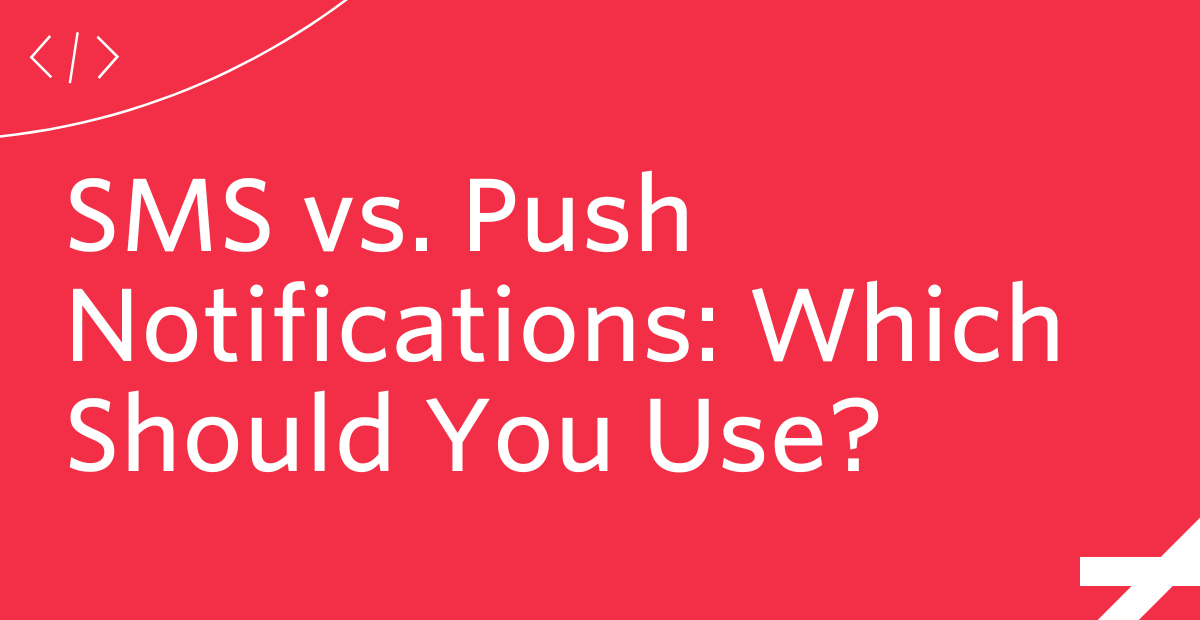What Is the PSTN (Public Switched Telephone Network) and How Does It Work?
Time to read:
Commercialization of the telephone began nearly 150 years ago, and the world started connecting to one another via the well-known (although rather unsightly) telephone lines. This telecommunications system evolved with underground copper wires, undersea telephone cables, communication satellites, and even a digital core network into the PSTN as we know it today.
However, the PSTN was no match for the evolution of the internet, and it's been in a steady decline for the last decade.
Curious what it is, how it works, and how it compares to modern-day communication solutions? If so, you're in the right place.
What is the PSTN?
PSTN stands for Public Switched Telephone Network, and it's the good ol' circuit-switched telephone network that's been in general use for the last century. The PSTN is also referred to as Plain Old Telephone Service (POTS)—yes, I'm totally serious. Awesome, right?
It works by using underground copper wires that are hardwired from homes and businesses to switching centers—where the phone calls are connected to each other.
The PSTN carries your voice calls from your telephone (whether that's a landline or cell phone) through the network to the recipient's phone. Interfacing between the internet and the PSTN has traditionally been costly and challenging, which is why VoIP (Voice over Internet Protocol) is growing in reliability and popularity. VoIP sends and receives your voice communications (and other communications, too) over the internet rather than through the old school PSTN.
How does the PSTN work?
Think of the PSTN as the worldwide combination of telephone lines, underground wires, switching centers, cellular networks (including cell towers and satellites). All these cables, lines, and centers connect everyone so that your call can move smoothly from your destination, through the network, to your recipient's destination.
In the olden days, analog calls traveled across copper wires, and each call needed its own dedicated wire to connect a call. Operators would sit at a switchboard and literally connect the wires to connect two phones to a call.
Later, digital evolution replaced this system with automatic electronic switching. And digital voice signals could share the same wire with other calls. Now, thanks to fiber-optics, these cables can connect thousands of calls on the same shared line.
Here's what the process looks like now on the PSTN:
- You dial a number to indicate how you would like the call to be routed.
- Each section of a phone number serves a specific purpose. The first 3 digits are the area code (the regional switching station), the next 3 digits are the exchange (the smallest number of circuits on the same switch), and the last 4 digits represent your recipient's unique phone ID, which is tied to a specific address and phone line.
- Your telephone converts the sound from your voice into electrical signals that are transmitted to the terminal via a cable.
- The terminal transmits these signals to the central office (CO).
- Depending on where you are and where the call is going, the CO will route your call to a CO, tandem office, toll office, or international gateway.
- CO: If you're in the same neighborhood as your recipient, your call would go to the local central office and connect directly to the recipient.
- Tandem Office: If you're in another part of town in the same city as your recipient, your call would go to your central office, then get routed to a tandem office, then routed to the central office of your recipient, and then finally routed to your recipient.
- Toll Office: If you're in another city or state from your recipient, then the tandem office would connect to a toll office (which is responsible for national long-distance switching), and the call would be switched from there.
- International Gateway: If you're in a different country from your recipient, your call will be routed to the international gateway to connect your long-distance call.
- Once the call has been routed to the right destination, the electrical signals are routed to the terminal and then sent to the right number.
- The phone rings, and when the recipient picks up, the electrical signals are transformed back into sound waves.
Well, there you have it. It may seem a bit complicated, but it all happens over the course of a few seconds.
PSTN for business
To set up a PSTN system for your business, you'd need to get an individual line for each employee. This might work for a handful of employees, but it'll get costly if you keep adding lines.
That's why most larger businesses use a private branch exchange (PBX) system. A PBX system essentially transforms your business phone system into a central office. Calls incoming to your business reach your PBX system, and then they're routed to an employee's specific extension. PBX systems use nifty features like auto-attendants to get callers to the right end destination.
However, there are other—more modern—solutions available to businesses. Here are a few alternatives to the PSTN for you to consider.
Alternatives to the PSTN
PSTN vs VoIP
VoIP sends your voice communications over the internet rather than through cable wires, so you'll need a reliable internet connection to use it. It's a cloud-based solution that's simple to set-up, inexpensive to use, and easy to scale.
VoIP uses packet switching instead of circuit switching. Your voice is converted into a digital packet and then transmitted over a packet-switched network across the internet to the end destination. Once your call reaches the recipient, the data packets are pieced back together and converted back into your voice.
To learn more about VoIP's benefits, check out our VoIP vs. Landline: 6 Things to Consider Before Building article.
PSTN vs hosted PBX
Building your own on-premise PBX system can be difficult. An in-house system will require high setup and installation fees, hardware, and software—plus, you'll need to do regular in-house maintenance to keep everything running smoothly.
An alternative is to use a hosted PBX (or virtual PBX). A hosted PBX connects your phone system to the cloud, giving you all the benefits of VoIP technology while still allowing you to use your traditional telephony systems and hardware. This cloud-based solution eliminates most of the set-up and installation fees (as well as maintenance costs) generally associated with an on-prem PBX solution.
Choose the right phone system for your business
Everyone loves a classic, but the PSTN simply can't keep up with evolving business needs. To scale your business smoothly and effectively, you'll need to build your communications on top of a cloud-based VoIP solution.
Fortunately, you're in the right place. We're here for you every step of the way—whatever you decide to do with your business phone system:
Related Posts
Related Resources
Twilio Docs
From APIs to SDKs to sample apps
API reference documentation, SDKs, helper libraries, quickstarts, and tutorials for your language and platform.
Resource Center
The latest ebooks, industry reports, and webinars
Learn from customer engagement experts to improve your own communication.
Ahoy
Twilio's developer community hub
Best practices, code samples, and inspiration to build communications and digital engagement experiences.


